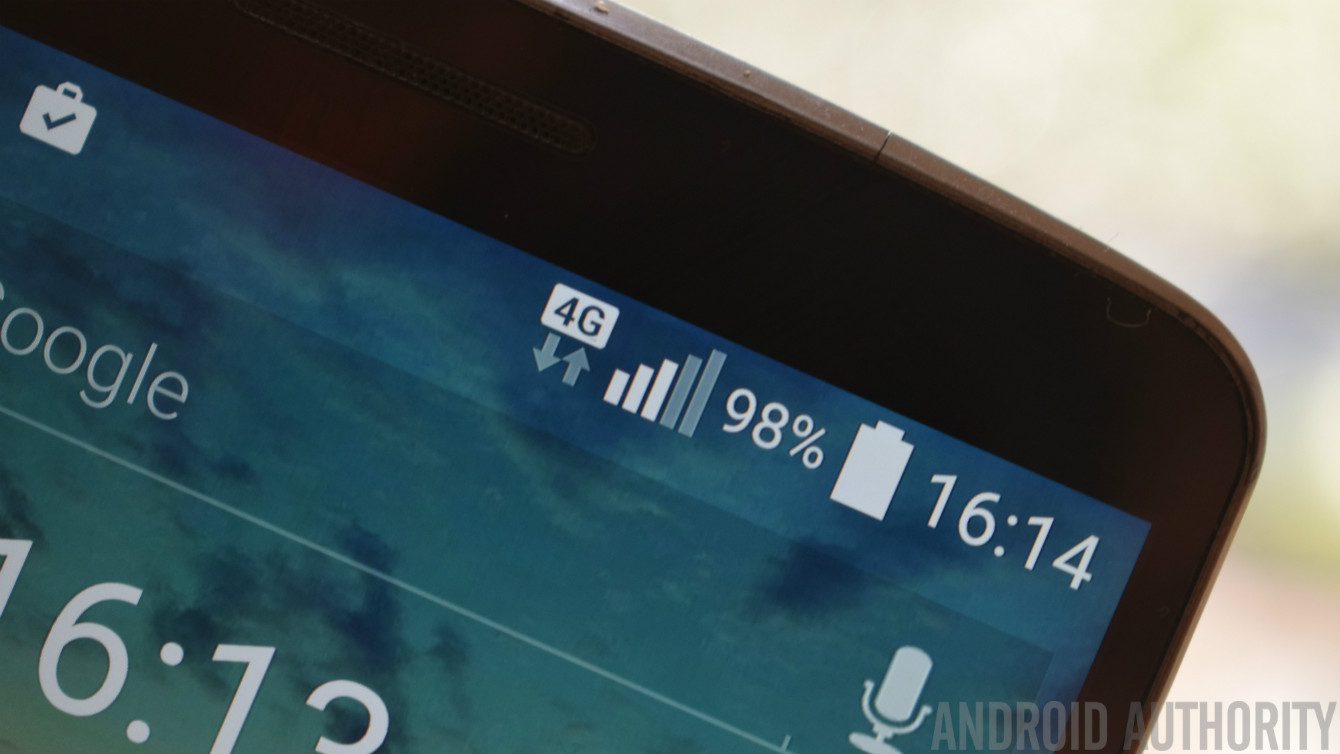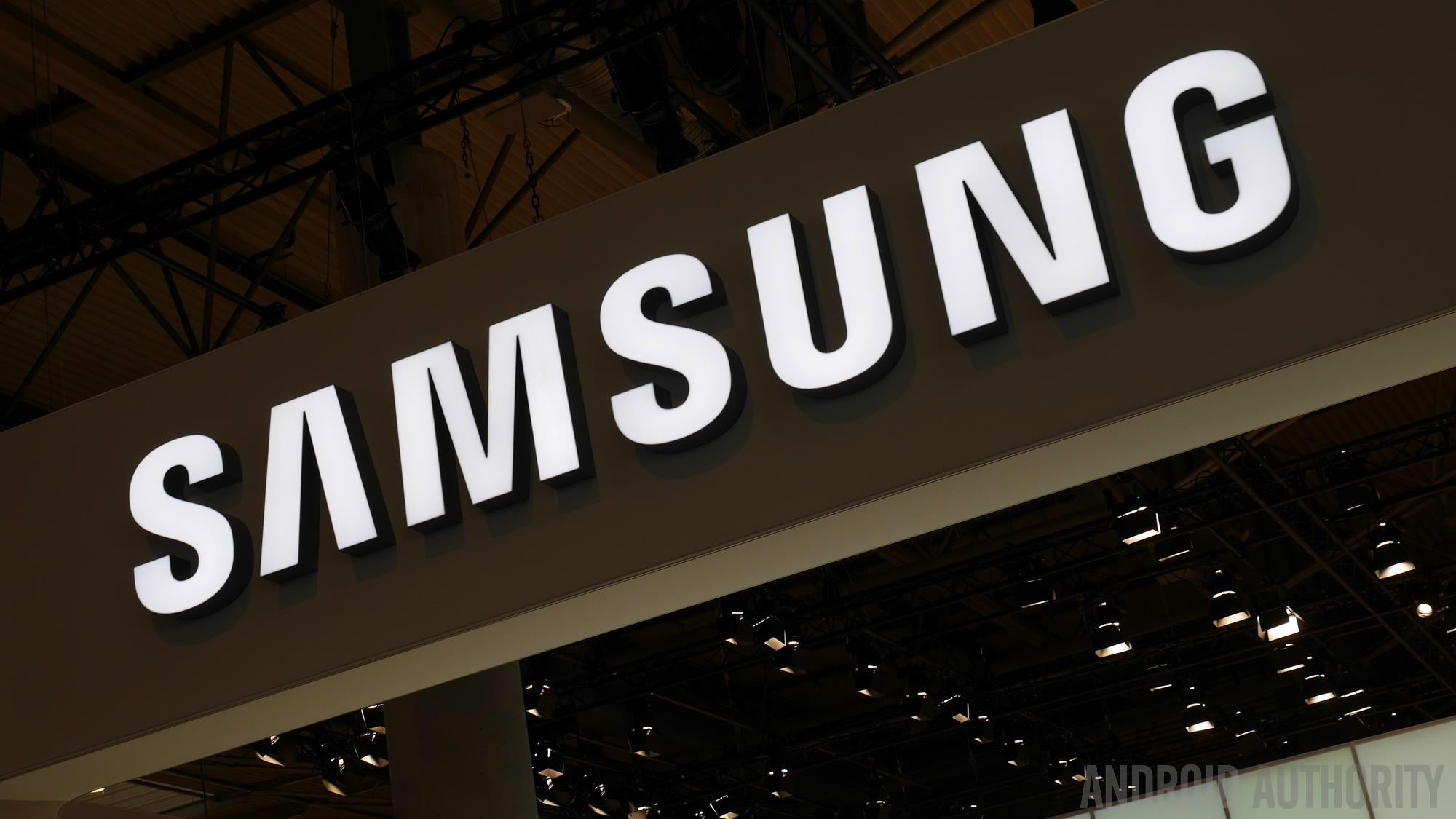Affiliate links on Android Authority may earn us a commission. Learn more.
4G smartphone shipments expected to reach 1.17 billion for 2016

The International Data Corporation predicts that worldwide smartphone shipments will reach 1.45 billion this year, 1.17 billion of which will be 4G enabled devices. That’s a significant increase from last year’s figure, with 967 million 4G devices shipped.

According to IDC’s report published today, we are likely to see a significant year-to-year growth rate in 4G smartphone shipments for this year. 21.3 percent, to be exact. Whereas last year, we saw 967 million 4G smartphone units shipped, the figure for this year is expected to surpass the one billion mark.
In terms of overall smartphone shipments, the year-to-year growth isn’t all that substantial: at 0.6 percent, the total number is expected to be around 1.45 billion units for 2016. This means that the ratio of 4G smartphones in the overall number of units has increased dramatically over the year.
4G technology is very mature in markets like the US and Canada, Western Europe, and certain Asian countries such as Japan and South Korea. In fact, Korea was not only the first to launch LTE-Advanced, but is eyeing to be the first to launch 5G to coincide with the Winter 2018 Olympics. Well, combine all that with developing countries and their fast growing 4G markets, it makes sense that 4G enabled smartphones are becoming more and more prevalent and feature phones alike are disappearing into the background.
With developing countries and their fast growing 4G markets, it makes sense that 4G enabled smartphones are becoming more and more prevalent.
According to the IDC, that trend is going to continue as the prohibitively expensive 4G data tariffs are no more in emerging markets: many manufacturers are already offering affordable 4G smartphones in these markets, and local carriers are taking advantage of the occasion by providing attractive data pricing.
The report also offers some insight into the impact of Google’s Pixel phones on the Android ecosystem: although the search giant has been aggressively marketing the Pixel duo, it is unlikely that the current hierarchy – where Samsung and Apple are at the top – will change anytime soon.
Do you own a 4G enabled smartphone? Do you think feature phones or 3G phones are a thing of the past? Let us know by leaving a comment below!